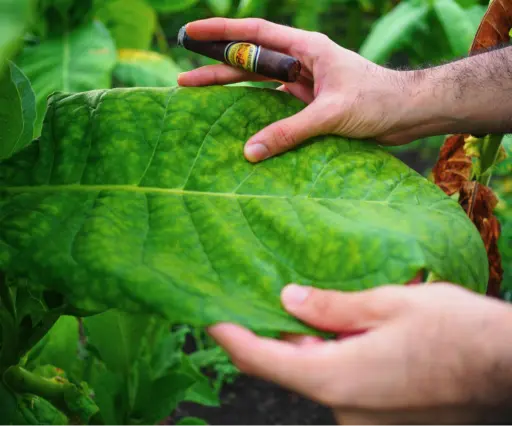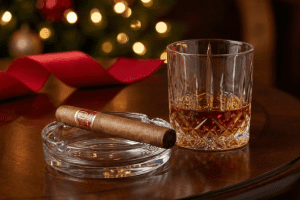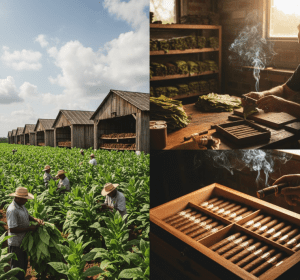Have you ever wondered how those rich, aromatic cigars in your hand started as raw tobacco leaves? The journey from a humble leaf to a fine cigar is an art. But don’t worry, it’s not as complicated as you might think. Today, we’ll break down this process into three simple steps, so you can fully appreciate the craftsmanship behind cigars. By the end of this article, you’ll know how tobacco leaves are transformed through curing, fermentation, and aging—three crucial phases that ensure cigars deliver their unique flavors and aromas.
Curious? Let’s dive into the journey that turns tobacco leaves into cigars.
Step 1: Curing Tobacco Leaves
What Is Curing?
Curing is the first critical step in transforming fresh tobacco leaves into the base material for cigars. But what exactly does “curing” mean? Simply put, it’s the process of drying the leaves in a controlled environment to prepare them for the next stages. The goal here is to remove moisture while retaining the leaf’s essential oils and natural sugars, which give cigars their flavor.
How Are Tobacco Leaves Cured?
There are different methods for curing tobacco leaves, but the most common one for cigars is air-curing. In this method, tobacco leaves are hung in well-ventilated barns for several weeks. The process is slow and natural, allowing the leaves to gradually dry out without losing their delicate chemical structure.
Why Is Curing Important?
During the curing process, the tobacco leaves change color, from green to yellow to brown. This transformation is key because it determines the leaf’s final taste and quality. A well-cured tobacco leaf is the foundation for a flavorful cigar. Without proper curing, the tobacco would taste harsh and bitter, making the final product undesirable.
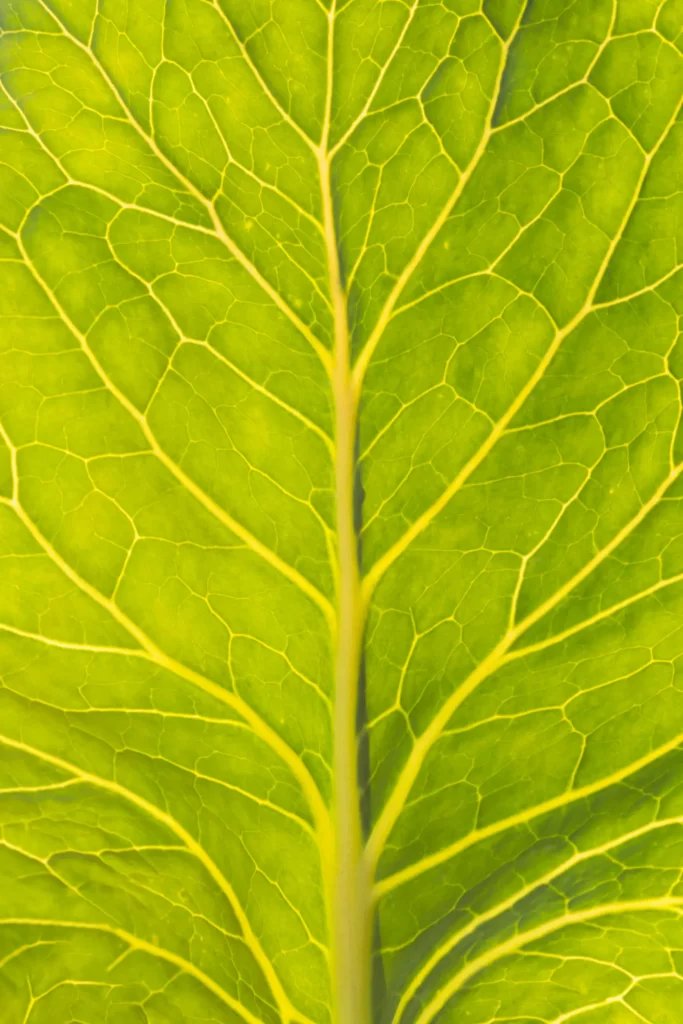
Step 2: Fermentation of Tobacco Leaves
What Is Fermentation in Tobacco?
After curing, the next step is fermentation. This is where the magic really happens. Fermentation is a natural process where the tobacco leaves are stacked in piles (called “pilones”) and left to heat up. This heat triggers chemical reactions inside the leaves, breaking down harsh compounds and developing more complex flavors.
How Does Tobacco Fermentation Work?
Tobacco leaves are carefully layered in large piles and monitored for temperature. As the internal temperature of the pile rises, the leaves are turned and restacked to ensure even fermentation. This process can take anywhere from a few months to a couple of years, depending on the desired outcome.
What Changes During Fermentation?
Fermentation is essential for reducing the bitterness and harshness in the tobacco leaves. It mellows the leaf, enriching its flavor profile and allowing for a smoother smoke. Without fermentation, the tobacco would retain too many sharp, unpleasant chemicals that could ruin the cigar experience.
Why Is Fermentation Important for Cigar Quality?
Fermentation is all about balance. It enhances the tobacco’s flavor while making it smoother and more enjoyable to smoke. This step is also where cigar makers can influence the final taste of their product. Skilled fermenters adjust the temperature, moisture, and timing to create a specific flavor profile.
Step 3: Tobacco Aging
What Is Tobacco Aging?
The final step before turning tobacco leaves into cigars is aging. Just like fine wine, tobacco needs time to mature. During the aging process, the leaves continue to develop their flavor and aroma, becoming richer and more complex over time.
How Long Does Tobacco Age?
Tobacco aging can last anywhere from six months to several years. The longer the leaf is aged, the smoother and more refined its flavors become. Some high-end cigars are made from tobacco that has been aged for over a decade.
What Happens During Tobacco Aging?
During aging, the tobacco continues to release any residual ammonia or other unwanted compounds. The natural oils in the leaf redistribute, enhancing the overall flavor. This process is critical for ensuring that cigars offer a pleasant, balanced smoking experience.
How to Choose the Right Tobacco Leaf for Aging?
Not all tobacco leaves are created equal when it comes to aging. The best leaves for aging are thick and rich in oils. These leaves hold up well over time, improving their flavor as they mature. If you’re a cigar aficionado, knowing how to choose the right tobacco leaf is key to enjoying a premium smoke.
The Art of Cigar Blending
After curing, fermentation, and aging, the tobacco leaves are finally ready to be turned into cigars. But before that, the leaves need to be sorted based on their qualities. Some leaves are better suited as wrappers (the outer layer of the cigar), while others are used as fillers or binders.
Wrapper, Binder, and Filler: A Brief Overview
Wrapper: This is the most visible part of the cigar and often the most expensive. It’s usually a smooth, high-quality leaf that has been carefully aged and fermented.
Binder: The binder holds the filler leaves together. It’s typically a stronger, thicker leaf that provides structure to the cigar.
Filler: The filler is the heart of the cigar, responsible for much of its flavor. Blenders use a combination of different leaves to create a balanced, complex smoking experience.
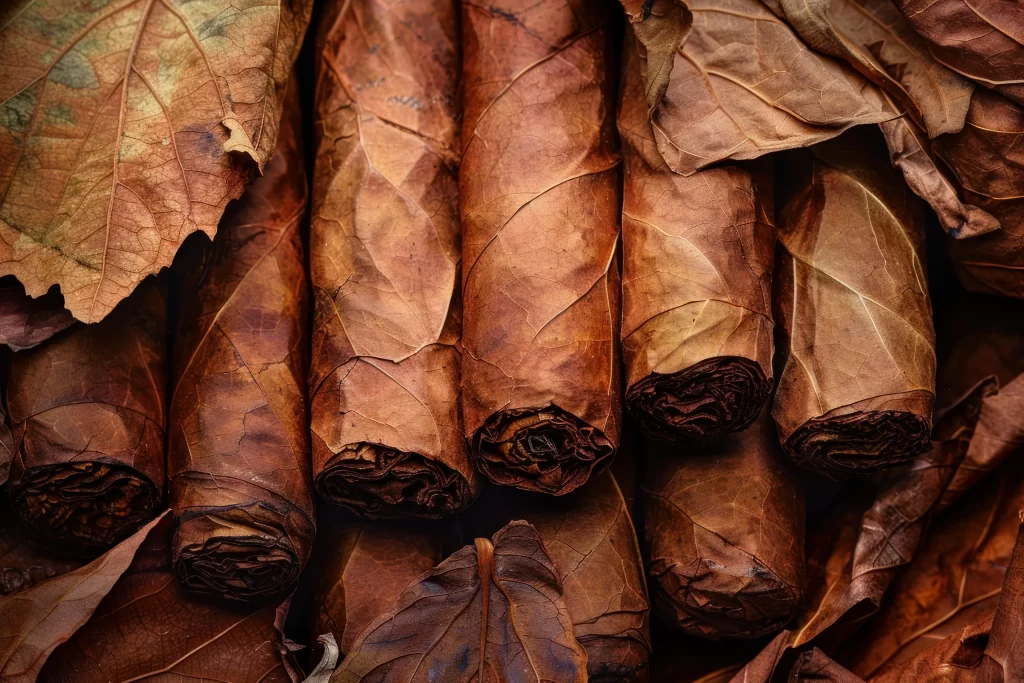
The Role of the Master Blender
A master blender is the person responsible for selecting the right combination of tobacco leaves to create a cigar. This is an art form in itself, requiring years of experience to understand how different tobacco leaves will interact to create the desired taste.
How to Choose the Right Tobacco Leaf for Cigars
When selecting tobacco leaves for cigars, it’s essential to consider a few key factors. First, think about the flavor profile you want. Some tobacco leaves are sweet, while others are spicy or earthy. Second, the leaf’s strength and body should align with your personal preferences. These steps drastically impact the quality of the cigar.
Transforming tobacco leaves into cigars is an intricate, three-step process involving curing, fermentation, and aging. Each step plays a critical role in shaping the final flavor and quality of the cigar. Without proper care during these stages, the tobacco would fail to achieve the smooth, rich flavors that cigar aficionados crave. Understanding this process not only deepens your appreciation for cigars but also helps you make better choices when selecting the right cigar for your taste.
Visit our web site laaurora.com to see all the cigars that we have for you
FAQs
What makes a cigar a Havana cigar?
A cigar is considered a Havana cigar if it is made from tobacco grown in Cuba and manufactured within the country. The term “Havana” is a protected designation of origin, meaning only cigars that meet these criteria can legally carry the name.
Are Havana cigars worth the extra cost?
Many cigar enthusiasts believe that Havana cigars are worth the extra cost due to their unique flavor, quality, and the craftsmanship involved in their production. However, this ultimately depends on personal preference and budget.
How can i tell if a cigar is from Havana?
Authentic Havana cigars often come with a warranty seal or a band indicating their Cuban origin. Additionally, the flavor and aroma of Cuban tobacco are distinctive, which can help in identifying a genuine Havana cigar.
